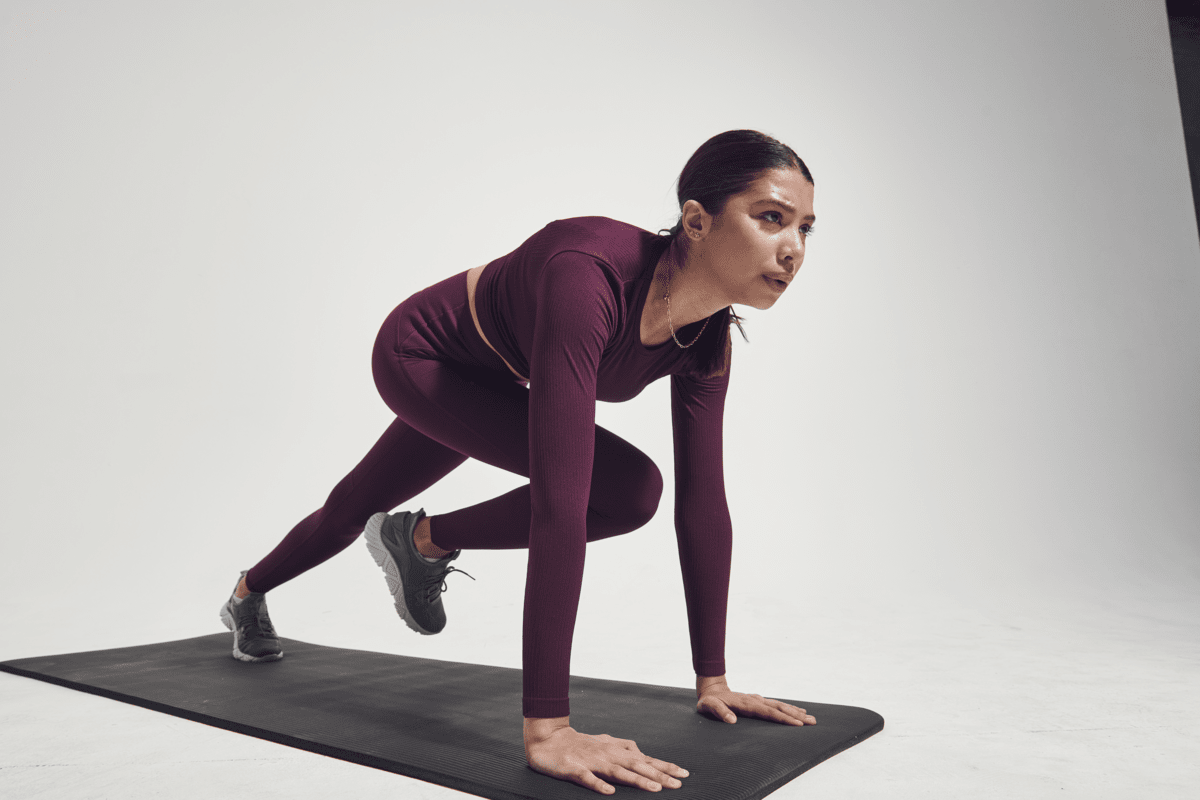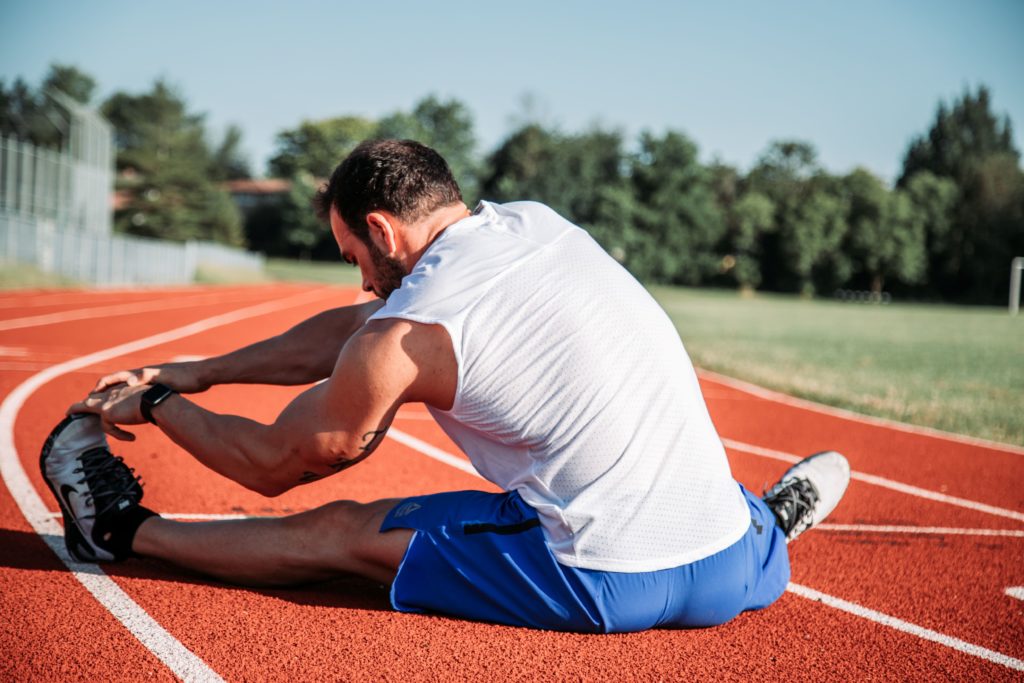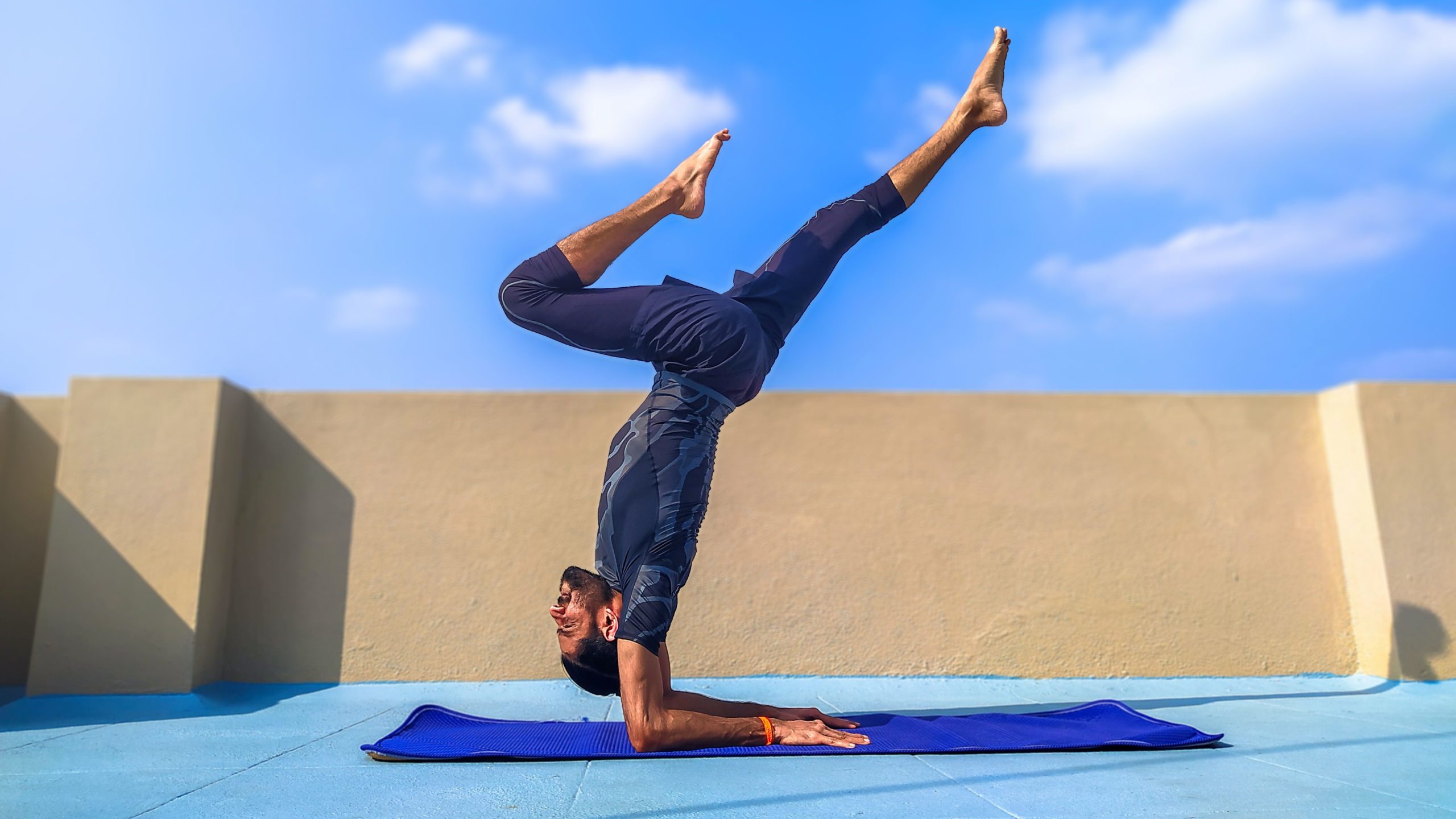
As a security professional in the UK, you are constantly dealing with distress calls and emergencies and ensuring that you handle disruptive activities quickly and appropriately. You are also patrolling premises and keeping track of all incidences on site to ensure security is maintained. This requires flexibility and mobility, which will help you perform physical tasks efficiently and reduce any risk of injury. Integrating flexibility and mobility exercises into your fitness routine will greatly enhance your muscle development, improve your physical performance and range of motion.
This blog post explores the importance of flexibility and mobility for security professionals. We will also provide practical insights and tips for effective training.
Significance of Flexibility and Mobility for Security Professionals
As a security professional, you’re usually on your feet. Thus, flexibility and mobility help your body produce a permanent stretch in the muscles giving you the full joint range of motion. As a result, you reduce any risk of injuries while enhancing movement efficiency.
Flexibility and mobility training has several benefits, and understanding them can help you prioritise them in your fitness routine.
Here are the other perks of flexibility and mobility training:
- Promotes good posture and body alignment
- Helps reduce the risk of muscular imbalances and related injuries.
- Increases stability and balance. These are crucial for maintaining control during physically demanding tasks.
- It helps build stronger, more adaptive muscles and joints
- It helps you release stress
- Flexibility and mobility training helps keep signs of ageing at bay
Let’s look at how you can start your flexibility and mobility training from the comfort of your home or at the gym.

Dynamic Warm-up and Stretching for Improved Mobility
One of the ways you can prepare your body for physical activity is by performing a proper warm-up routine. This includes dynamic movements and stretches like leg swings, arm circles, trunk rotations, and high knees. They increase blood flow, raise body temperature, and improve joint mobility.
After your body temperature has been raised, you can move to dynamic stretches like walking lunges and arm and leg swings. These stretches involve controlled movements through the full range of motion specific to your security professional tasks.
Mobility Exercises for Key Areas
The primary duties of security personnel involve patrolling, surveilling, standing for long hours and sometimes responding to emergencies which need active participation and physical movement. Therefore, targeted mobility exercises will improve your joint range of motion and maintain flexibility to carry out your tasks without missing a beat.
Some exercises that can help you focus on critical areas of your body that will often need attention include:
- Hip Openers: Perform hip circles, leg swings, and deep squats to improve hip mobility and flexibility.
- Shoulder Circles and Rotations: Incorporate shoulder circles, arm swings, and wall slides to enhance shoulder mobility and stability.
- Spinal Twists and Cat-Cow Stretches: Include exercises like spinal twists and cat-cow stretches to improve spinal mobility and posture.
- Ankle Rotations and Calf Stretches: Perform ankle rotations, calf raises, and stretches to maintain ankle mobility and prevent tightness.
Static Stretching for Improved Flexibility
After your workouts or during rest periods, you can do static stretching exercises. These exercises are performed to improve flexibility and promote muscular relaxation. They do this by slowly elongating a muscle when you hold the stretched position for a period of time.
You can consider the following practices:
- Include static stretches for major muscle groups, such as the hamstrings, quadriceps, calves, chest, back, and shoulders.
- Hold each stretch for 20-30 seconds, breathing deeply and relaxing into the stretch. Repeat this exercise 3-5 times for optimal outcomes.
- Ensure you avoid bouncing or overstretching, which can lead to muscle strain or injury.
Once you get the hang of it, focus on gradually increasing the stretch only to the point of slight discomfort.

Incorporating Yoga or Pilates for Flexibility and Mind-Body Connection
You should also consider incorporating Yoga and pilates into your fitness routine. They are excellent practices to enhance flexibility, mobility, and mind-body connection.
Some of the benefits include:
- Yoga poses, or asanas, help improve flexibility, strength, and balance while promoting relaxation and reducing stress. To find what works for you, you can explore styles like Hatha, Vinyasa, or Yin Yoga.
- Pilates exercises focus on core strength, stability, and body alignment. They improve flexibility, posture, and overall body control.
Recovery and Self-Care Practices:
To maintain flexibility and mobility, prioritise recovery and self-care practices.
Overall, just like you must train as security personnel, training your body to be flexible and agile should be considered a bonus as it helps improve your physical performance. This training will also help you as you execute simple day-to-day activities like patrolling, surveying or responding to an emergency promptly.
The UK’s number 1 course finder
Best price guarantee
We offer price match if you find the same course cheaper elsewhere
100% money back guarantee
Get a full refund if you don’t like the course. Terms apply.
5-star customer support
Consistently rated 5-stars on review sites like Trustpilot
£0 booking fee
We never charge any booking or hidden fees
Instant eLearning access
Get FREE access to eLearning course materials instantly after you book
Top-rated training providers
Over 90% of our customers pass the exam in the first attempt

 Trustpilot
Trustpilot









